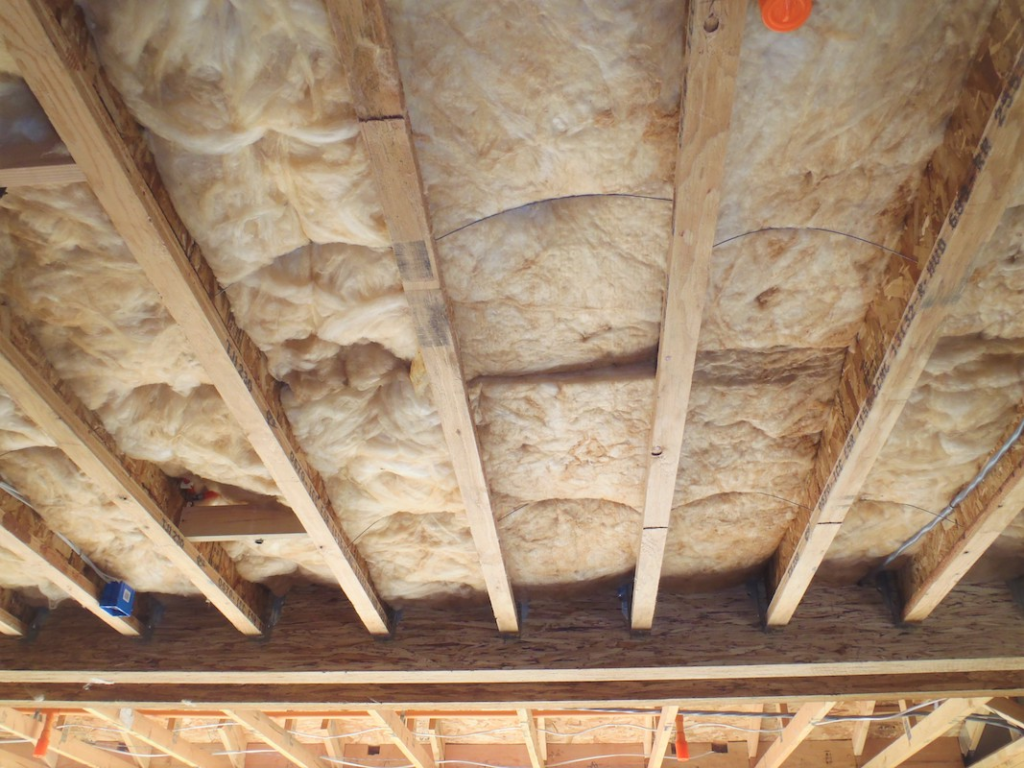When designing a kitchen, lighting plays a critical role in both functionality and aesthetics. In homes with high ceilings, selecting the right kitchen lights for high ceilings can transform an ordinary kitchen into an inviting and stylish space. Whether you’re planning a complete renovation or simply updating your fixtures, understanding the various lighting options available is essential for creating a well-lit and attractive kitchen.

Understanding the Importance of Proper Lighting
Lighting is not merely a functional necessity; it also significantly impacts the mood and ambiance of a room. In kitchens, especially those with high ceilings, the right lighting can:
- Enhance Visibility: Good lighting ensures that work areas are well-illuminated, making cooking and food preparation safer and more efficient.
- Create a Welcoming Atmosphere: The right fixtures and lighting techniques can turn your kitchen into a warm gathering space for family and friends.
- Highlight Architectural Features: High ceilings often come with unique architectural details. Proper lighting can accentuate these features, adding character to your kitchen.
- Influence Design Choices: The type of lighting you choose can complement your overall kitchen design, whether it’s modern, traditional, or somewhere in between.
Read too: Shiplap Ceiling in Kitchen: A Timeless Trend for a Stylish and Cozy Space
Types of Kitchen Lights for High Ceilings
When choosing kitchen lights for high ceilings, it’s crucial to understand the different types of lighting available and how they can work together. Below are the main types of lighting to consider:
1. Ambient Lighting
Ambient lighting provides the general illumination necessary for navigating and working in the kitchen. It sets the overall mood and tone of the space. For high ceilings, consider the following options:
- Chandeliers: A striking chandelier can serve as a stunning centerpiece while providing ample light. Choose one that complements your kitchen’s style and is proportionate to the ceiling height.
- Pendant Lights: Hang pendant lights over islands or dining areas. These fixtures can add a decorative element while providing focused light. Select adjustable models to control the height according to your ceiling.
- Recessed Lighting: Installed into the ceiling, recessed lights offer a clean and unobtrusive look. They can be used in combination with other light sources to create a well-lit environment without overwhelming the space.
2. Task Lighting
Task lighting focuses on specific areas where activities are performed, such as food preparation and cooking. This type of lighting is essential in a kitchen for practicality. Here are some effective task lighting options:
- Under-Cabinet Lighting: LED strips or puck lights installed under cabinets illuminate countertops, making cooking and preparation easier and safer.
- Directional Track Lighting: Track lighting can be adjusted to shine light on work areas, making it an excellent option for high ceilings. This flexibility allows you to direct light exactly where it’s needed.
- Hanging Fixtures: Consider using adjustable pendant lights above islands or workstations to provide direct illumination for cooking and preparation tasks.
3. Accent Lighting
Accent lighting adds visual interest and depth to your kitchen. It can highlight architectural features, artwork, or decorative elements. For high ceilings, consider:
- Wall Sconces: Install sconces to accentuate features like cabinetry or artwork. They can add a warm glow and enhance the overall ambiance of the kitchen.
- Spotlights: Use adjustable spotlights to focus on particular areas, such as open shelving or a feature wall.
- Cove Lighting: If your kitchen design allows, cove lighting can be installed along the perimeter of the ceiling. This indirect lighting creates a soft glow that enhances the feeling of space.
Choosing the Right Fixtures
When selecting kitchen lights for high ceilings, consider the following factors to ensure you make the best choices:
1. Scale and Proportion
The scale of your lighting fixtures is critical, especially in a kitchen with high ceilings. Large chandeliers or pendant lights can create a dramatic effect, while smaller fixtures might get lost in the space. Always consider the proportions of the room when selecting fixtures.
2. Style and Design
Your lighting fixtures should complement your kitchen’s overall design aesthetic. Whether you opt for modern, rustic, traditional, or industrial styles, ensure that your lighting choices align with your kitchen’s decor.
3. Color Temperature
The color temperature of your bulbs affects the mood of your kitchen. Warmer tones (around 2700K to 3000K) create a cozy atmosphere, while cooler tones (around 4000K to 5000K) offer a more modern and energetic feel. Choose a color temperature that aligns with the ambiance you wish to create.
4. Energy Efficiency
With the increasing focus on sustainability, consider energy-efficient options like LED lighting. LEDs consume less energy, have a longer lifespan, and are available in various styles to suit your design preferences.
Installation Considerations
Installing kitchen lights for high ceilings can be a bit more complex than standard installations. Here are some tips to consider:
1. Professional Installation
For high ceilings, it’s often best to hire a professional electrician. They have the tools and expertise to safely install fixtures and ensure proper wiring.
2. Accessibility
Consider how easy it will be to change bulbs or perform maintenance on your fixtures. Opt for fixtures that are accessible or easily adjustable to make upkeep simpler.
3. Wiring and Outlets
Ensure that your kitchen has sufficient outlets and that the wiring can handle the additional load if you plan to add multiple fixtures. It’s important for safety and functionality.
Creative Ideas for Kitchen Lights in High Ceilings
Incorporating lighting in a kitchen with high ceilings opens up various creative opportunities. Here are some inspiring ideas:
1. Layered Lighting
Layering different types of lighting—ambient, task, and accent—can create a balanced and visually interesting kitchen. Use a combination of fixtures to achieve the perfect ambiance.
2. Statement Pieces
Invest in a stunning chandelier or a group of eye-catching pendant lights to serve as a focal point in your kitchen. This can enhance the space’s visual interest and provide a conversation starter.
3. Dimmers and Controls
Install dimmers to control the intensity of your lighting. This allows you to create different moods for various occasions, from bright lighting for cooking to soft lighting for dining.
4. Highlight Architectural Features
Use lighting to accentuate the unique features of your kitchen, such as a vaulted ceiling, exposed beams, or intricate cabinetry. This draws attention to these details and enhances the overall design.
Maintenance Tips for Your Kitchen Lighting
To keep your kitchen lights for high ceilings looking and functioning their best, consider these maintenance tips:
1. Regular Cleaning
Dust and debris can accumulate on fixtures, diminishing their effectiveness. Regularly clean your lights to ensure maximum brightness.
2. Replace Burned-Out Bulbs Promptly
When bulbs burn out, replace them as soon as possible. This ensures that your kitchen remains well-lit and functional.
3. Inspect Wiring and Connections
Periodically check the wiring and connections for signs of wear or damage. Address any issues immediately to ensure safety.
4. Consider Seasonal Changes
Adjust your lighting choices based on seasonal changes. In summer, you might prefer cooler light tones, while warmer tones can enhance coziness in winter.
Conclusion
Selecting the right kitchen lights for high ceilings is essential for creating a functional, stylish, and inviting culinary space. By understanding the various types of lighting available, considering the scale and style of your fixtures, and implementing proper installation techniques, you can significantly enhance your kitchen’s ambiance. Whether you prefer a rustic charm, modern minimalism, or traditional elegance, the right lighting will illuminate your kitchen beautifully.


















